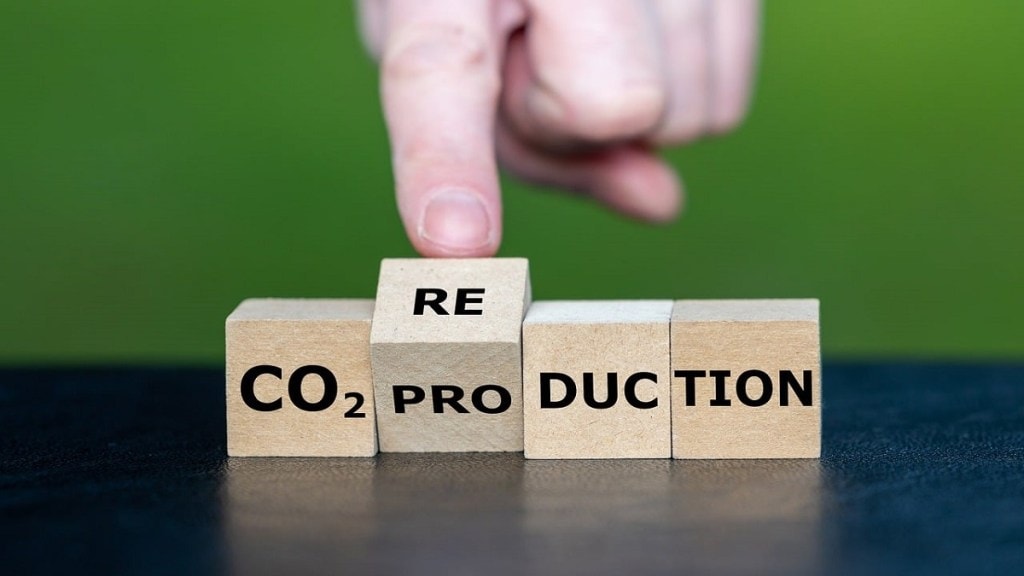By Tamal Sarkar
MSME clusters: MSMEs can contribute effectively to the Net Zero Mission through, among others such as reduction in energy usage, reduction in material usage, recycling of waste and enhancing productivity. Each of the above can be achieved through a strategic combination of educating based on returns to investment, demonstration, a trusted handholding-cum-technical support mechanism and installing a pride among the MSMEs that they are contributing to this process and these need to be implemented through a micro product wise approach.
Educating is the first step. However, such education needs to demonstrate the business aspect of moving towards net zero. It has to be a win-win approach. Otherwise, there will be no real movement. So macro information will not suffice – the approach needs to be sectoral. One needs to understand the value chain of a typical product and identify the possibilities of savings that can happen in energy and material, waste recycling and productivity improvement at each node of production. This matrix of stepwise savings then needs to be converted into returns to investment. This will be the education material that needs to be translated into local languages and propagated.
Let us take the case of foundry. Most foundries use coke, have a burner called cupola and have to keep the coke in proper dry condition and size, use the appropriate ratio of metal and coke for burning through appropriate measurement, maintain efficient quality of blast pipes, motors, blowers, etc. They can use improved technologies say from single blast to double blast cupolas, etc. It is critical that for each aspect of these variables, one identifies the savings that are possible for energy savings, material savings, productivity enhancement and waste recycling.
Once such detailing is done, there is a need to demonstrate the same to the MSMEs. Here the strategy can be cluster-based intervention. There are 1300 factory sector MSME clusters in India. One can start the movement in the products which have the highest number of clusters or highest contribution towards challenging net zero. For example, some of the most energy-intensive products have a huge number of clusters including 40 clusters each of brick, stone, foundry, 50 clusters each of leather, plastics and rubber, over 100 each in various products of light engineering and textiles, etc.
Here also one needs to start the process in the lead clusters and based on the results achieved take those to the other clusters of similar products. Even in the lead clusters, one needs to identify the firms that are known as the innovative ones, also known as the technology gatekeepers and then take it to the rest of the firms in the cluster. This selection process will give higher momentum to this exercise.
Demonstration needs to be supported by handholding and technical support. This needs to happen as a combination of (a) an affordable set of trusted local service provider, (b) an equipment library which can provide the measuring equipment on a rental basis and (c) one trained factory representative or say a management representative (MR) for sustainability issues per unit. MSME clusters generally lack in all these three departments.
Here the role of MSME industry associations becomes paramount. They are the most trusted ally of an MSME and (a) service providers are trained under the aegis of the local industry associations based on documentation created in the local language and also (b) they create the library of equipment needed. The service providers can do the requisite technical evaluation and also train the MR (Sustainability) of an MSME. This may be partially supported schematically. It needs to be a business model for the MSME association too.
Also read: FM Nirmala Sitharaman asks banks to increase rural branches around MSME clusters
Last but not least is the satisfaction of contributing towards the cause of Net Zero. An MSME will feel proud to note its contribution towards net zero with every step that it takes, as per its capacity to withhold returns to investment made in the form of capital or disruption losses caused by any change in its current practice – even the smallest of change can lead to disruption cost.
Broadly, returns to capital and disruption investment can be divided into (a) significant monetary returns with zero capital investment, (b) high returns with moderate capital investment (returns in a quarter) and (c) very high returns with significant capital investment in four to twelve months. An MSME will pick up its menu depending on its current need, status and production obligations. All these achievements can be converted into a simple sustainability meter for a product having a similar value chain, e.g., garment or say textiles dyeing or say foundry, etc. That will ensure ownership of Net Zero.
This article is written by Dr Tamal Sarkar, Senior Adviser, Foundation for MSME Clusters. Views are personal.

